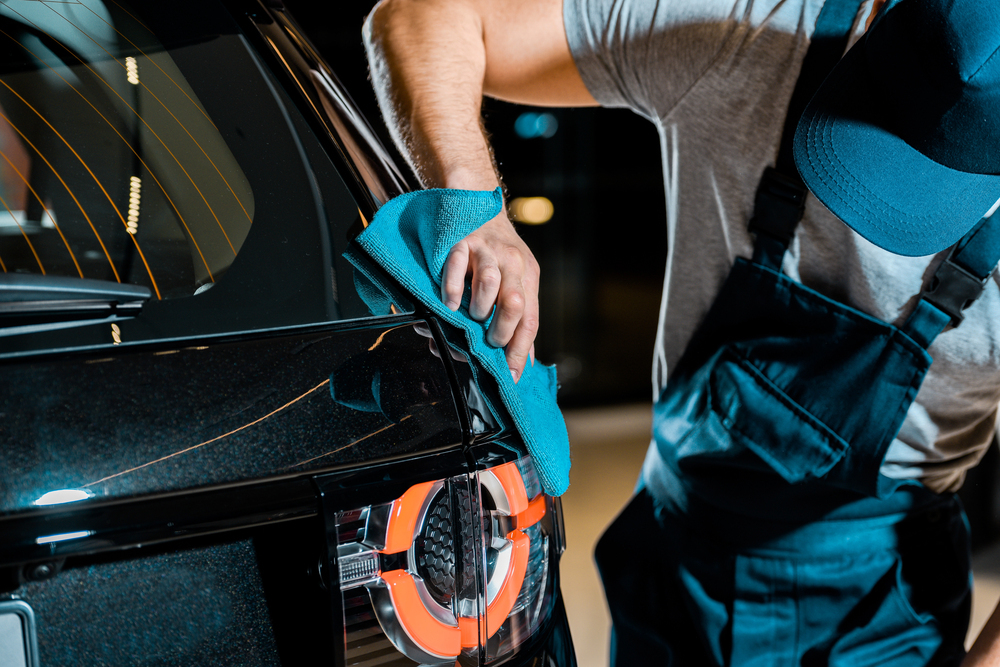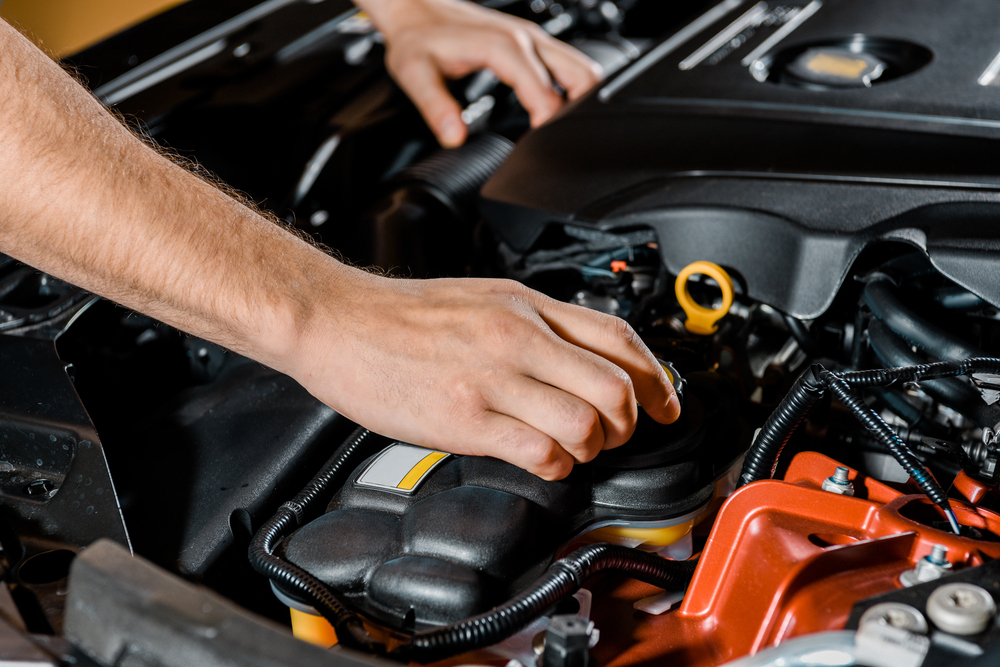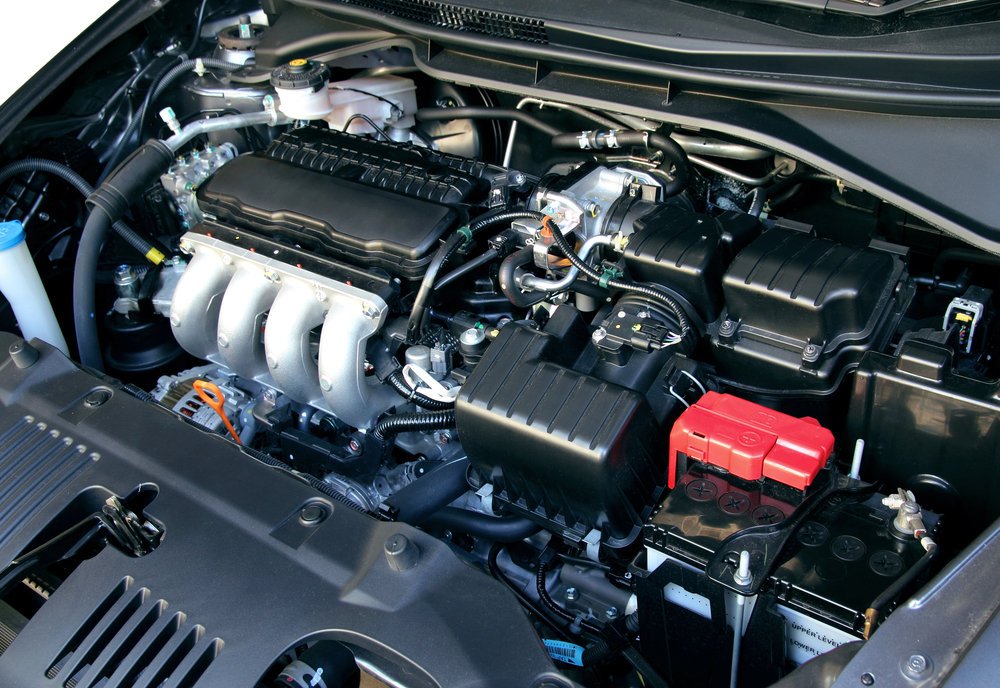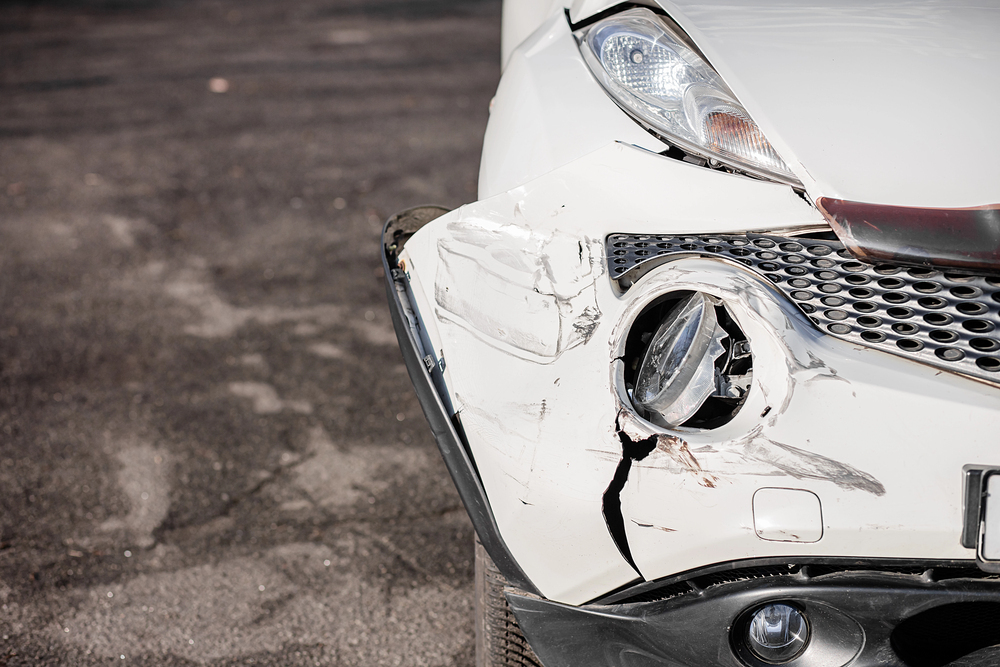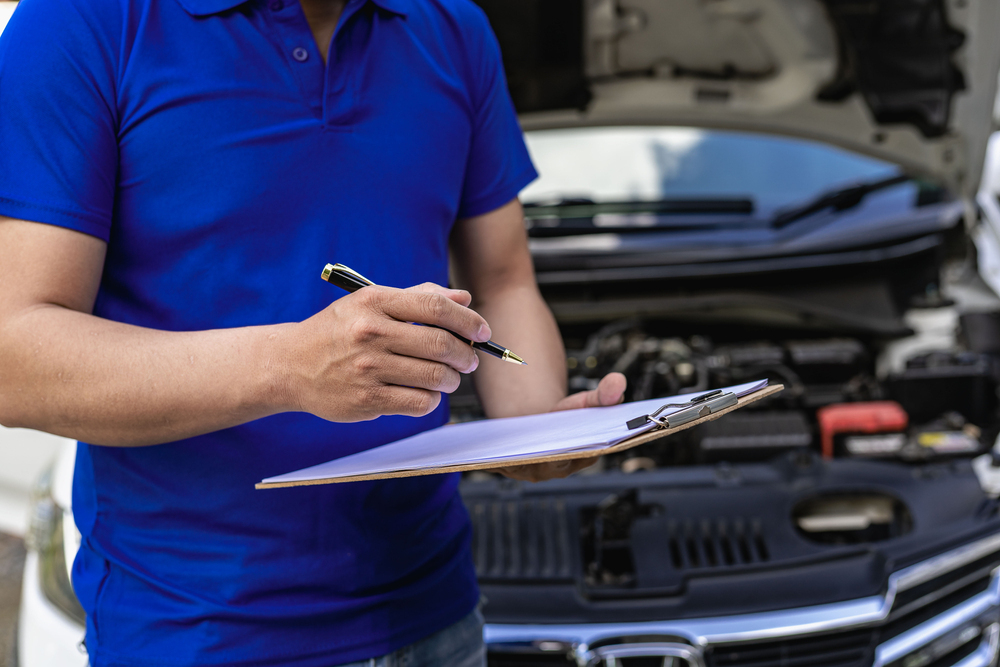When your car needs repairs after an accident, you may find yourself overwhelmed by the flood of information and misinformation about auto body repair. It’s easy to become confused and make a poor decision, like choosing an auto body repair shop in NJ that your insurer pressured you into selecting. To help Mt. Ephraim drivers make informed choices, we’re debunking some of the most common myths surrounding auto body repair.
Myth 1: You Must Use the Repair Shop Your Insurance Recommends
One of the most pervasive myths is that you’re required to use a repair shop suggested by your insurance company. While insurance companies often provide a list of preferred shops, you have the legal right to choose any qualified repair center, such as Elmer’s Auto Body. Insurance-recommended shops may prioritize cost-cutting measures over quality, which could result in subpar repairs or non-original parts being used on your car. By choosing a reputable, manufacturer-certified shop, you ensure that high-quality parts and repair techniques are used, maintaining the value and safety of your vehicle. Always remember that the final decision lies with you, not your insurance provider.
Myth 2: Your Car Won’t Be The Same After an Accident
Another myth is that once a car is damaged, it’s never truly the same. Maybe that was true in the past, when parts were more commonly salvaged or DIYed. However, modern auto body repair shops use state-of-the-art tools, such as computerized diagnostics, laser measuring systems, and precision frame alignment equipment, to ensure every component of your vehicle is restored to factory specifications. Certified repair centers also use original equipment manufacturer (OEM) parts to match the quality of the originals, ensuring optimal safety and performance. Additionally, trained technicians follow manufacturer guidelines for repairs, guaranteeing that your car’s integrity and value are fully restored.
Myth 3: Dealerships Perform the Highest Quality Repairs
Some car owners assume that dealerships are the only reliable option for auto body repairs, especially for newer or luxury vehicles. In reality, independent auto body shops often match or exceed dealership standards. Shops like Elmer’s Auto Body are certified by manufacturers to repair a wide range of makes and models, ensuring they meet the same stringent quality standards as dealerships. Independent shops also tend to offer more personalized service, quicker turnaround times, and competitive pricing compared to dealerships, all while maintaining the highest level of professionalism.
Myth 4: Small Scratches and Dents Aren’t Worth Repairing
Ignoring minor cosmetic damage can lead to bigger problems down the road. Small dents or scratches can expose your car’s metal to moisture and oxygen, creating the perfect conditions for rust to form. Over time, rust spreads, compromising the structural integrity of your vehicle and leading to costly repairs. Additionally, leaving small damage unaddressed can decrease your car’s resale value and create a neglected appearance. Repairing these imperfections promptly prevents further damage, preserves your car’s value, and maintains its aesthetic appeal.
Myth 5: Insurance Always Covers Repair Costs
While insurance is designed to cover collision-related expenses, policies often include deductibles, depreciation adjustments, or exclusions that limit coverage. For example, some policies may only cover aftermarket parts instead of OEM components, which could impact your vehicle’s performance or resale value. Understanding your policy is essential to avoid unexpected costs. If you know your policy won’t cover everything, or if you haven’t hit your deductible, there are other financing options available to you, as well as supplemental coverage you can purchase to help.
Myth 6: Paint Color Matching is Impossible
Drivers often worry that repaired areas won’t match the rest of their car due to paint color differences. Modern paint-matching technology has made this concern largely a thing of the past. Advanced computer systems analyze your car’s original paint and mix new paint to match it precisely. Skilled technicians then blend the new paint seamlessly with the existing finish, ensuring an invisible repair. Shops like Elmer’s Auto Body also use high-quality, durable paints to achieve a long-lasting and flawless result, so your car looks as good as new.
Myth 7: All Auto Body Shops Are The Same
Not all repair shops are created equal. Differences in training, certifications, and available equipment can significantly impact the quality of repairs. Certified repair centers, like Elmer’s Auto Body, invest in ongoing technician training, state-of-the-art tools, and top-quality parts to provide reliable and lasting repairs. On the other hand, less-qualified shops may cut corners by using cheaper materials or outdated techniques, which can lead to recurring issues. Choosing a trusted shop with excellent customer reviews and certifications ensures your vehicle gets the care it deserves.
Myth 8: You Must Always Get Multiple Estimates
While it is often recommended that you get multiple estimates, 1-3 often suffice. Furthermore, if you have worked with an auto body repair shop before and trust their work, you can choose that previous shop for your current needs. This streamlines the repair process and avoids unnecessary delays. Elmer’s Auto Body, for example, works closely with insurers to ensure repairs are completed efficiently and to the highest standard, saving you time and hassle.
Contact a Mt. Ephraim Auto Body Repair Shop You Can Trust
There are many myths surrounding auto body repair, but we have debunked the most notorious. Hopefully, this will help make the repair process after your accident much less stressful. Remember: The most important thing to do is to find a reputable auto body repair shop. By choosing a trusted repair shop in Mt. Ephraim, like Elmer’s Auto Body, you can ensure your car is in capable hands. Whether you’ve experienced a minor fender bender or a major collision, you can trust our expert team to deliver top-quality repairs that keep your car looking and performing its best.
Contact Elmer’s Auto Body today to learn more or schedule an appointment for your repair needs.

